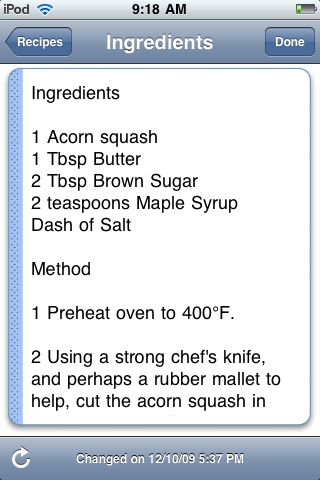Facilitator: Stephen Abram
Panel: two high-school students, a college student, and the teen services librarian from the local public library
Abrams has asked that folks blogging or tweeting to not use the name of the teen participants, as some are under-age and we should act responsibly when creating a digital trail for them.
First question is about music. The college student likes classical, one high school student still likes vinyl and cassette tapes (no iPod), and the other puts music on her USB stick to take with her (along with her iPod). The college student started with illegal downloads, but gained a respect for the musicians, so now he buys music via iTunes. The iPod-weilding high school student has an iTunes account that she uses sometimes, but mostly shares music with friends. The vinyl student buys the physical medium rather than making copies.
What’s in your bag? Surprisingly, two of them carry USB sticks, which I almost never see with the college students at my library.
Is brand important? Yes, if it’s indicative of the quality, which is more important. (Ugg boots and short-shorts = "the Escaho")
How do you use your phone? Keep in contact with family and friends around the world, mostly via text. One high school student uses her phone mainly to take photos and videos.
"Facebook, Myspace, and phone are good places to keep in touch with people, but Twitter is kind of dead." Ouch — I guess it’s all about where your community exists.
Do you create content? The college student writes music and records it, but hasn’t posted it yet.
Do you expect the same or better standard of living than your parents? Everything seems better/easier now. If we use it the right way, everything will be exponentially easier. There are more options available now for careers, and the internet has opened doors of awareness of what could be. Technology is almost overly-available to us, which can be distracting.
Homework? The college student uses voice recognition software to "write" his papers. He uses Google for most research, but will get a book from the library for "older" material. One high school student uses "homework help now" service from the library for online tutoring. The analog high school student avoids the computer and it’s distractions when doing homework. She also uses interlibrary loan & federated search engines, but doesn’t know them by those names. ("It’s like a bajillion Googles, but for information.")
How do you evaluate information? One tries to find other sources to back up the info. Another starts with using library/school authoritative sources. And the other uses the search limiting tools like peer-review only searches, although, again, she doesn’t know it by that name. She also likes to us Opposing Viewpoints.
Wikipedia? Good for big, broad topics, according to some teachers, but others limit information sources to the textbook only. Some teachers recognize that students use it for overviews of topics, but it’s not good to cite it in a paper.
Are online sources good for finding information about things that you would be uncomfortable to talk about with your parents? It’s easier to talk about things with someone you don’t know. Or go to friends first and then verify with online info. "It’s must be true, it’s on the internet!" isn’t true. There are safe, anonymous places around town where people can talk to each other face-to-face.
Video games? The college student doesn’t play, but his friends do. Neither high school student plays, although they did when they were younger (Nintendo 64, Tekken).
Read online? No, it hurts the eyes after a while, and there are too many other distractions online, too. It’s hard to take notes and highlight online books.
Republican, Democrat, or Independent? They seem to all be the same anymore. There aren’t distinctions. We need to review our system and do a CTRL-ALT-DEL reboot. They are concerned with the impact of the meat industry and oil consumption on the environment, as well as the unequal distribution of wealth around the world.
Teen librarian: There are too many groups of teens with too many interests to connect with all of them, so the focus has been to try to provide a space in the library that they can create for themselves.
How do we overcome the emerging prejudices towards Millenials? The Pew research shows that Millenials and Boomers have a huge overlap in interests and activities. We need to stop thinking of them so much as something strange and different.


